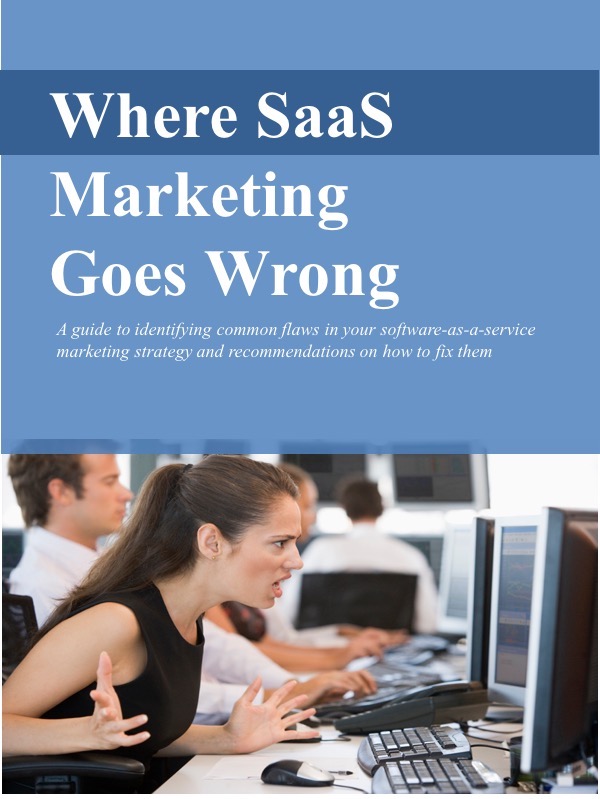Upselling isn’t easy
/I’m probably reading the same research you are about upselling. The clear conclusion is that selling more stuff to existing customers is important for software-as-a-service (SaaS) companies.
The most successful SaaS companies are generating more than half of their new bookings from upsells and expansions. Plus, they’re achieving “net negative churn,” meaning the loss of customers is more than offset by selling more to existing customers. (See KBCM 2019 survey of SaaS companies.)
And this “land & expand” strategy can be a lot less expensive than selling to new customers. The cost of selling to an existing customer is about half the cost of acquiring a new customer.
Where upselling can go wrong
But just because the strategy makes sense doesn’t mean it’s easy to execute. In fact, there are lots of ways it could go wrong.
Poor experience with the initial product: It may seem obvious, but upselling new products requires that the customer have a good experience with the first product. Companies need effective onboarding, training and support in place to ensure customers are satisfied. Without that, customers won’t even consider purchasing more. (See “How to lose a customer in the first 90 days.”)
Poor product integration: The follow-on products need to work well with the customer’s existing product. If customers struggle to use the two products together, they simply won’t. Things like a similar user interface, single sign-on, easy transfer of data from one product to the other are essential.
Difficult to understand the value: It should be easy for the customer to see how they’ll derive significantly more value by adding another product. For example, adding a tenant screening service to a residential property management solution makes sense. Unrelated products and services don’t. Don’t make your customer work too hard to understand the value. (See “Your prospect has a day job.”)
Require new decision makers: If the add-on product requires an OK from a new person within the customer’s company, a “simple” upsell can get complicated. This is true even when one product is closely related to another. For example, there may be an advantage to connect an HR administration solution directly to a payroll product. But that means the purchase decision for the new solution now involves the Finance executive, not just the HR administrator. That doesn’t mean it’s impossible to sell the add-on payroll product, but it does present another obstacle.
Poor timing: Be careful not to jump into upselling too soon. The customer needs to see value from the first product they’ve purchased, and they need to trust you. That may take time.
Speaking of poor timing, don’t try to upsell a customer while they’re trying to resolve a support issue. When they contact the support desk, they’re focused on getting the existing product to work properly, and probably not in the mood to think about purchasing additional products.
Lack the support of end-users: If they’re happy, end-users can be a huge supporter and make it easier to sell add-on products and services. If they’re unhappy, not so much. If an HR manager is getting lots of pushback from employees about their experience with an HR solution, they’re unlikely to buy additional products. Same for a Sales manager getting complaints about the CRM system, a Finance manager getting grief about an expense reporting system, etc.
Difficult to purchase: Customers buying a related product from the same vendor expect a simple buying process. A complicated multi-step process and pricing that’s hard to figure out will be confusing, slow everything down, and make the buyer wonder whether these two solutions really are from the same vendor.
Selling without understanding: The people doing the upselling need to know what the customer really needs. Mindlessly pitching one thing after another, just because it’s in the salesperson’s bag, isn’t very effective. Because the customer is using a SaaS product, it should be possible to know precisely what additional products or services might make sense for them. No need to spam them.
I don’t mean to scuttle anyone’s plans to grow their SaaS business by selling more to existing customers. Done well, it can work. And lots of SaaS companies have made it work. But be aware of the obstacles. Even though products carry the same logo and come from the same vendor, upselling isn’t as easy as it seems.
